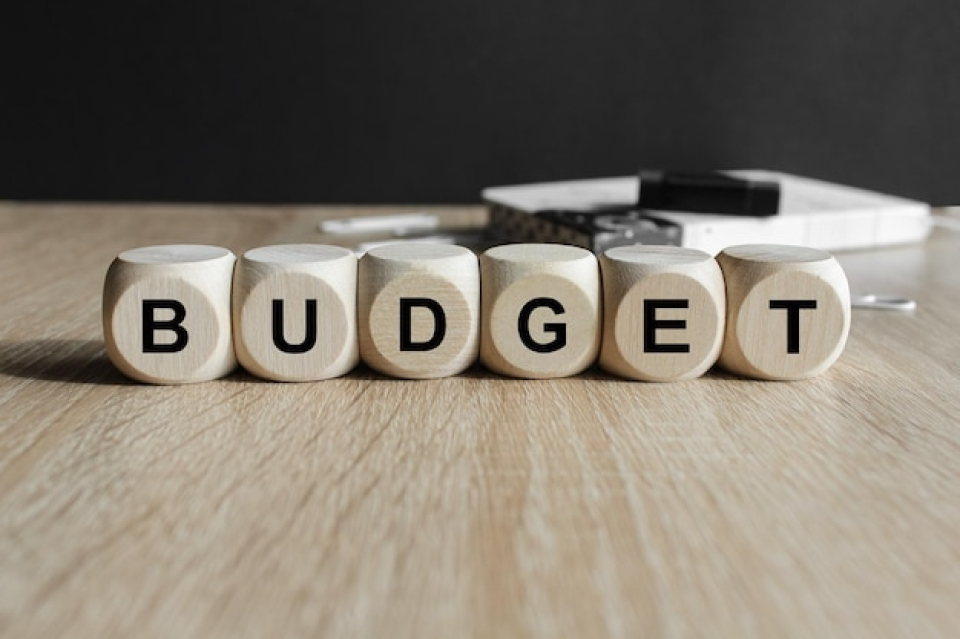Budgeting doesn’t have to be viewed as a burdensome, complex, or restrictive process. Zero based budgeting is one of the most useful strategies for obtaining complete financial control. This strategy might be advantageous for households and individuals as well as organizations.
In this post, we’ll explain what is ZBB zero based budget, walk you through the process step-by-step, and even provide you examples of a zero based budget template you can use. By the conclusion, you will know if this approach is appropriate for you and how to get started right away.
Zero-Based Budgeting: What Is It?
What precisely is a ZBB zero based budget, then? The basic idea is straightforward: at the beginning of every month, you assign a task to every dollar until your income less your expenses equals zero. That doesn’t imply you spend all of your money; rather, it means you allocate it to things like groceries, debt repayment, savings, bills, and even leisure spending.
Zero based budgeting begins each period anew, in contrast to traditional budgeting, which frequently uses rough estimations or carries over last month’s budget. Before you spend any money, you assign each dollar on paper (or in an app) based on your real monthly income.
In this manner, you are using your money with complete aim. You choose where it goes at the start of the month rather than wondering where it went at the end.
The Origins of Zero-Based Budgeting
In the 1970s, zero based budgeting initially gained traction in businesses. By making managers defend each and every expense from the ground up every budget cycle, businesses were able to reduce wasteful spending. They had to demonstrate the necessity of each spending rather than presuming they would require the same amount as the previous year.
The idea has gained widespread acceptance in the field of personal finance today. Zero based budgeting has gained popularity among people and families because of financial experts like Dave Ramsey and budgeting apps such as YNAB (You Need a Budget).
The Benefits of Zero-Based Budgeting
This approach works so well for a number of reasons:
- Complete control: You are always aware of the precise location of your funds.
- No money wasted: Every dollar serves a function, be it saving, debt reduction, or bill payment.
- Increased awareness: You are able to recognize expenditure trends more easily and adapt more quickly.
- Goal-focused: When you allocate funds to debt repayment and savings first, they take precedence.
- Flexible: Depending on your needs, you can change the categories every month.
For instance, you may allocate $1,200 for rent, $400 for groceries, $300 for utilities, $500 for debt repayment, $600 for savings, and $500 for entertainment, transportation, and other expenses if your monthly income is $3,500. With no funds left over, that comes to precisely $3,500.
The Step-by-Step Guide to Budget Zero
Here’s a quick, step-by-step strategy to help you learn how to zero budget effectively:
1. Make a list of your earnings
Begin by calculating your entire monthly revenue. Add your pay, perks, freelance fees, and any money you make from a side gig. Don’t make irrational predictions; instead, utilize your actual expected numbers.
2. Record Every Expense
Start by listing your fixed costs, such as your rent, mortgage, utilities, and insurance. Next, include variable expenses such as entertainment, groceries, petrol, or eating out. Don’t overlook debt payments, investments, or savings.
3. Give needs priority
Take care of the necessities first. This includes transportation, utilities, food, and shelter. After securing those, proceed to savings objectives and discretionary expenditures.
4. Allocate Each Dollar
The important step now is to divide each dollar of money into one of your categories until the sum of your income and spending is zero. Use any remaining funds for long-term savings, an emergency fund, or debt reduction.
5. Monitor and Modify
Keep track of your expenses during the month to ensure that they correspond with your strategy. Transfer funds from one area to another to make up for overspending in another. Although it is adjustable, the budget is always $0.
A Zero-Based Budget Template Example
Here is an example of a zero based budget template for a person making $4,000 a month to help make this realistic:
- Mortgage/Rent: $1,200
- $300 for utilities
- $450 for groceries
- $350 for transportation
- $200 for insurance
- $500 in debt payments
- $400 in emergency savings
- $300 in retirement savings
- Amusement/Fun: $200
- Other: $100
Total earnings: $4,000.
Total costs: $4,000.
Take note of how everything has been assigned. There is a place for every dime. You may quickly create your own zero based budget template using Google Sheets, Excel, or programs like EveryDollar or YNAB.
Zero-Based Budgeting Benefits
- Spending with intention: Rather than wondering, “Where did my money go?” you’re already aware.
- Encourages saving: You give your future top priority when you set aside money for savings initially.
- Avoids overspending: You will have to reallocate funds if one category is fully utilized.
- Lessens financial stress: Peace of mind is brought about by careful planning.
- Adaptability: Effective whether your monthly income is $2,000 or $10,000.
Drawbacks and Difficulties
Every system has flaws. You may encounter the following difficulties when using zero based budgeting:
- Initially time-consuming: Regular tracking and discipline are necessary.
- Variable income can be challenging. If you work for yourself, you might have to make do with an average salary or stick to a cautious budget.
- Not adaptable without changes: When you spend too much in one area, you have to rearrange your finances, which some people find annoying.
The good news is that as you become accustomed to the practice, these difficulties frequently lessen over time.
Traditional Budgeting vs. Zero-Based Budgeting
Conventional budgeting typically entails making minor adjustments to last month’s expenses while frequently leaving any remaining funds unallocated. Every month, zero based budgeting begins anew, and you must provide justification for each expense.
In a conventional budget, for instance, you may allocate $400 for groceries merely because that is how much you spent the previous month. You might question yourself, “Do I really need $400 for groceries this month, or can I allocate $350 and use the extra $50 for savings?” when using a zero based budget.
This change in perspective is what makes zero based budgeting so effective it compels intentionality.
Apps & Tools for Zero Based Budgeting
Zero based budgeting is made simpler by a number of tools:
- EveryDollar (by Ramsey Solutions), designed especially for zero-based budgets.
- YNAB (You Need a Budget), well-liked by those seeking a comprehensive digital version.
- Spreadsheets: Using an Excel or Google Sheets zero based budget template is a do-it-yourself method many individuals prefer.
These tools keep you accountable and automate tracking.
Who Should Use Zero-Based Budgeting?
This approach is effective for:
- Individuals who are living paycheck to paycheck and require stricter rules.
- Families wishing to set aside money for particular objectives, such as college or trips.
- People who want to pay off debt more quickly.
- Anyone who wishes to manage their finances more deliberately.
Zero based budgeting can be the ideal choice if you enjoy having a clear understanding of where your money is going.
FAQ – Zero-Based Budgeting
ZBB zero based budget: what is it?
Using this approach of budgeting, you allocate each dollar of income to a certain category until nothing is left unused.
How can an effective zero budget be achieved?
Make a list of your income, record all of your expenses, rank your priorities, allocate every dollar, and keep tabs on your monthly spending.
Is a template required?
A zero based budget template speeds up the process and keeps you organized. Spreadsheets and apps are options.
Is zero based budgeting exclusive to companies?
No, it is not limited to corporations; it also applies to individuals and households.
Final Thoughts
One of the most deliberate and successful approaches to financial management is zero based budgeting. You can make sure that nothing is wasted and that your financial priorities are fulfilled by giving each dollar a purpose.
The approach keeps you focused and accountable, regardless of whether you use an app like YNAB or EveryDollar or a straightforward Excel zero based budget template. Although it may require some practice, learning how to zero budget soon becomes second nature.
With that in mind, the next time you wonder, “What is ZBB zero based budget?” remember that it’s not just about the numbers. It’s about having confidence, clarity, and control over your finances. See how much more empowered you feel when every dollar has a purpose after giving it a try for a month.





